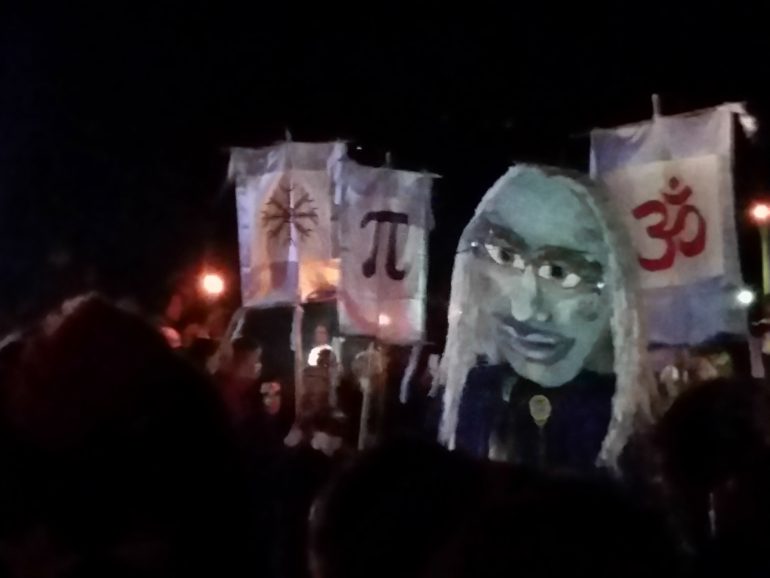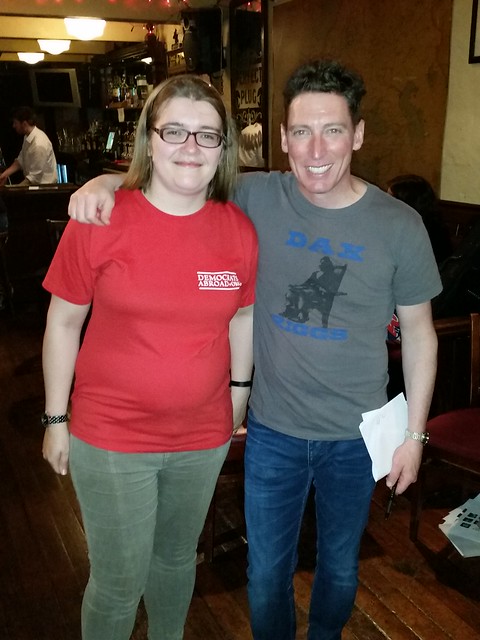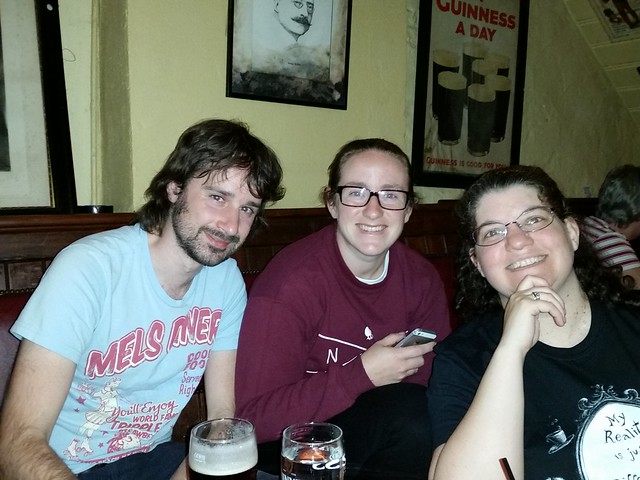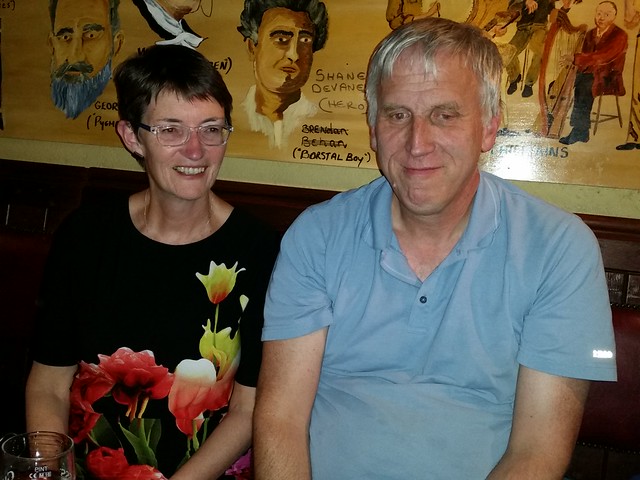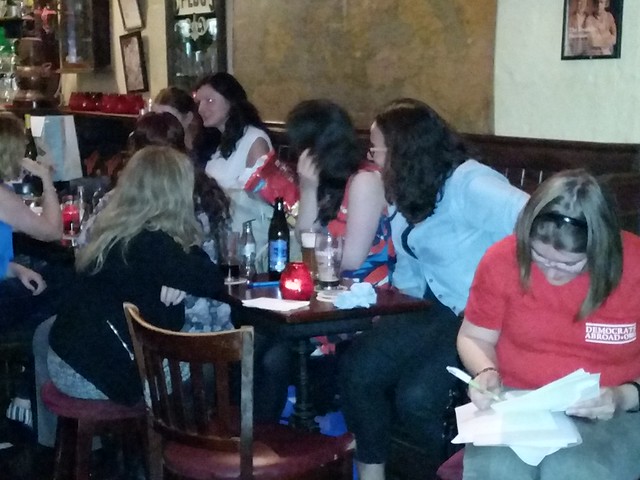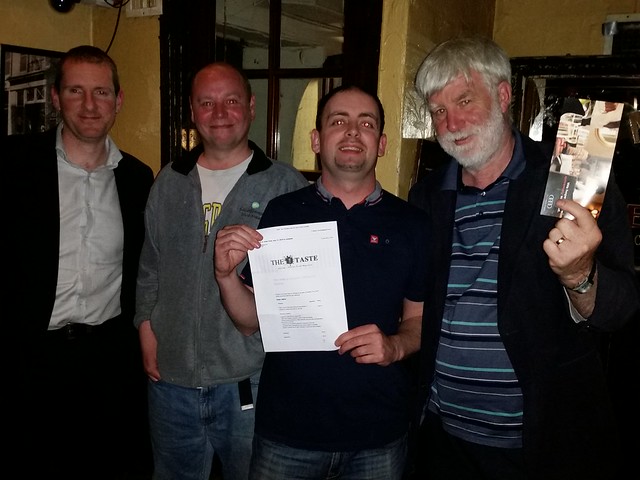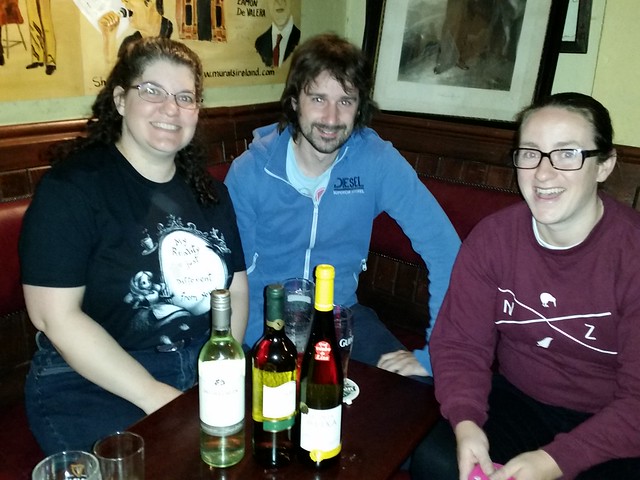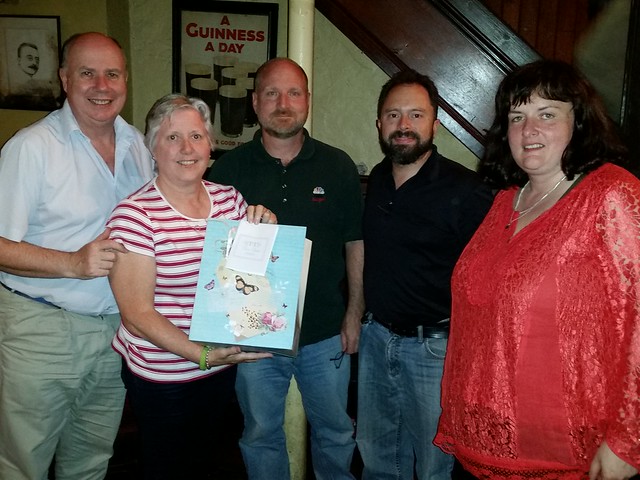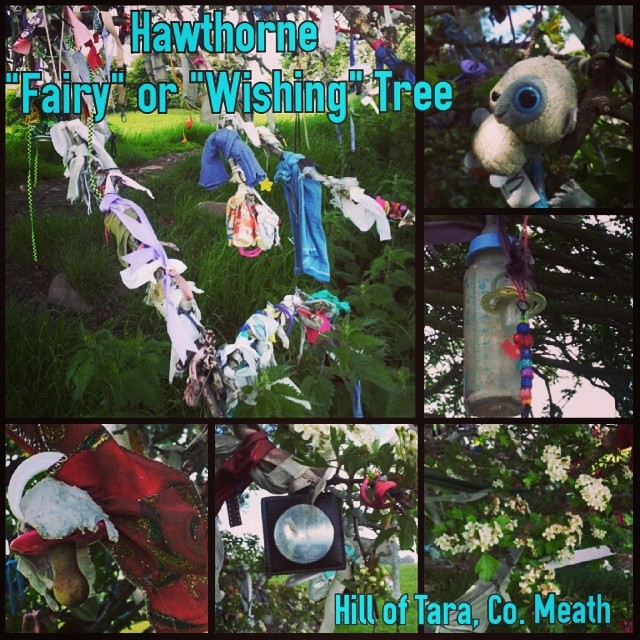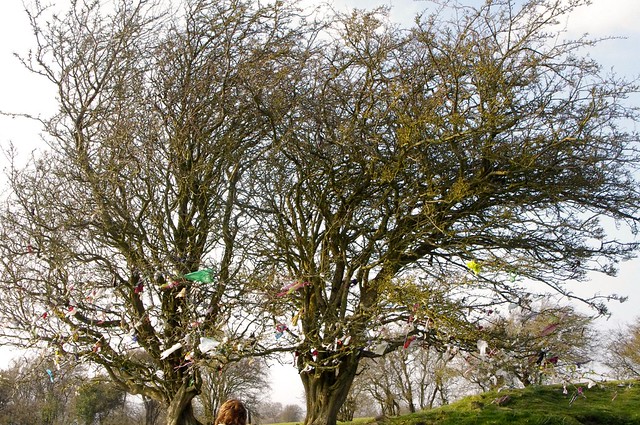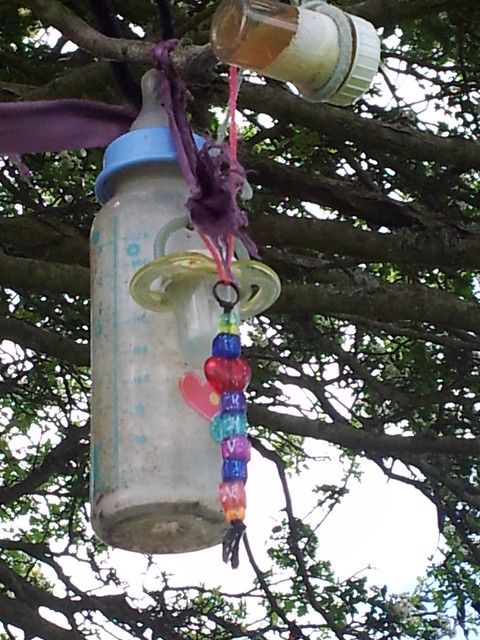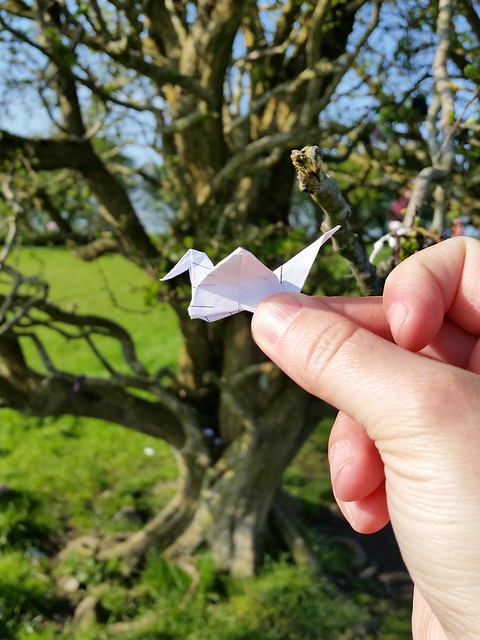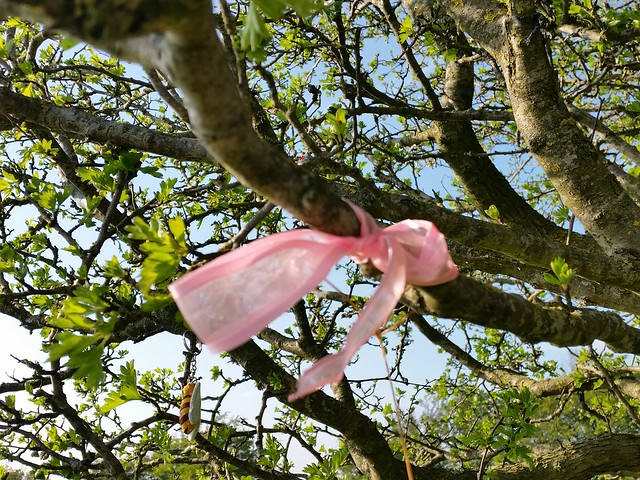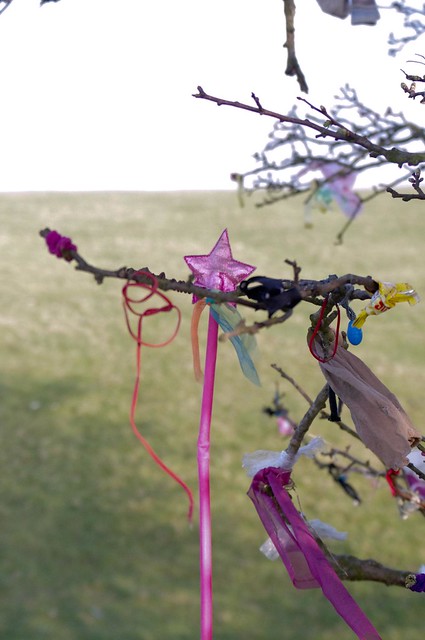Did you know that the celebrations at Tlachtgha’s ancient ring fort (Hill of Ward in Athboy, Co. Meath, pictured below) are thought to be the origins of Halloween? It’s true. You can read more about some of the archaeological discoveries here. But that’s not what I want to write about today.
At Samhain (the ancient precursor to modern Halloween), it was believed that the spirits of the dead would return and creatures like the fairies would leave their mounds and walk the lands again. It was a time of disorder, where the boundaries between the living and the dead were broken.
As part of the ceremonies, the old year’s fires were extinguished across the country and, after sunset, the ceremonial New Year Samhain fire was lit on Tlachtga to mark the death of the old year. Torches were lit from this sacred fire and carried to seven other hills around the county including Tara and Loughcrew, and then on to light up the whole countryside.

But who was Tlachtga (Tlachtgha)?
Tlachtga was a powerful Druid sorceress woman, and the flame-haired daughter of Mog Roith, son of Fergus. According to Celtic legends, Tlachtga and her father, Mog Roith traveled from Ireland to Simon Magus (in Italy) to learn the magic arts practiced elsewhere in the world. While there, the sorcerer Simon Magnus’ 3 sons decided that they wanted Tlachtga because of her beauty and her intelligence. She refused. Out of jealousy, the three sons raped her at Imbolc (the first day of spring).
According to the story, disgraced and shunned by her father, Simon, and his 3 sons, Tlachtga created the red and swiftly mobile wheel (a time / transportation machine) and fled. She traveled to the 7 corners of the Earth, and gained more learnings than any of the men combined. Discovering herself pregnant, Tlachtga took her wheel and returned to Ireland at Samhain, where she gave birth to triplets called Cumma, Doirb, and Muach (they later were to become the rulers of Munster, Leinster and Connaught) who each issued from three different fathers (Simon Magnus’s sons).
As she lay dying from a difficult birth, she used her powers and vowed:
“That as long as over the stately Banba [Ireland]
The names of the three sons are remembered
As the truthful story tells…
No catastrophe will befall its inhabitants.”
Of course, given time, the names were indeed forgotten and Ireland, as we all know, fell under the Vikings, Normans, and then the English, before being restored to Ireland once again.
Today, we pause to remember the three sons and
“The hill where this woman from the East is buried,
To surpass all other women, This is the name it was given:
The Hill of Tlachtga.”
The rest, as they say, is the stuff of myths and legends.
Happy Halloween and Blessed Samhain from Ireland.
#IrishHistory #WomensHerStory #PowerfulWomen
Want to read more on some of the events in Ireland? Check out some of these:
Samhain Fires and the thinning of the veil between worlds
Macnas Giant Puppet Halloween Parade
